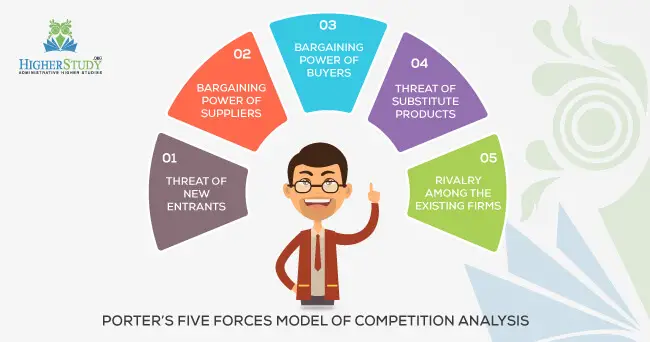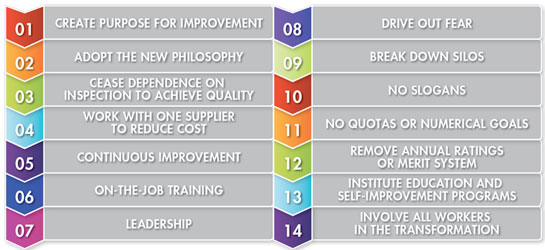Competency Management Model
In the strategic management concept, a competency management model describes the skill and knowledge necessities of a job. It is an assortment of competencies that cooperatively define efficacious job presentation. Competency management models are broadly used in business to describe and evaluate competencies within organizations in both soft and hard skills.
Competency Management Model:
Managers’ understanding of their organization’s competency level is crucial for evaluating the organization’s resource strengths. The competency level usually ranges from ‘competence’ in performing a business activity to ‘core competence’ to ‘distinctive competence.’ In this section, you will find the conceptual clarifications of the competency management model. The competency management model has three levels of competency. Such as:-
- Competence or Competency
- Core Competence or Core Competency
- Distinctive Competence or Distinctive Competency

Competence:
In the competency management model, competence is the first one. Competence or competency is related to the internal activity of an organization. Continuous efforts to develop organizational ability to perform a particular activity (such as designing a unique and unparalleled product) lead to achieving competence in that activity. When the organization gains proficiency in the activity and can consistently perform it well, we can claim that it has achieved competence. A competence usually emerges from a single function. However, cross-functional and multidisciplinary competencies emerged from effective collaboration among specialist people who are working in different units of an organization.
When the organization gain proficiency in the activity and can consistently perform it well, we can claim that the organization has achieved competence.
Core Competence:
Core competence is the second part of the competency management model. The core competence of an organization is its core skill. It is a principal value-generating proficiency of the association. A performer in a better way than other internal activities, which is ‘most often knowledge-based, residing in people and a company’s intellectual capital and not in its assets on the balance sheet.’ Core competencies arise from a company’s focused efforts, learned skills, and experience in carrying out one or more related value chain components.
Core competence is a proficiently performed internal activity performed in a better way than other internal activities.
For example, Toyota Motor Company of Japan is alleged to have core competencies in the manufacturing and design of cars using a just-in-time attitude. 5M InfoTech Limited of Dhaka is a software company with core competencies in systems analysis and programming. A company in the business field can use its core competencies to chase business prospects.
When we say that a company has a core competence in business activity, we mean that the company can do that activity especially well. Examples of core competencies according to the competency management model include:
- Manufacturing excellence
- Exceptional quality control
- Ability to provide better service
- Superior design capability
- Innovativeness in developing new products
- Mastery of an important technology
- A solid thoughtful of consumer needs and tastes
- The ability of a company to create and commercialize a new product.
It is easier to build a completive advantage when a firm has a core competence in area importance to market success. According to the competency management model, core competencies are thus valuable competitive assets. They enhance a firm’s competitiveness.
It is easier to build completive advantage when a firm has a core competence in area importance to market success.
Distinctive Competence:
In the competency management model, distinctive competence is the last one. It is an essential requirement for achieving a competitive advantage. A business organization must have distinctive competence in one or more areas of its activities in order to be competitive in the marketplace. In the competency management model perspective, distinctive competencies refer to the organization’s strengths that allow it to attain a competitive advantage in the market. These strong points are exclusive to the organization, and they assist it accomplishes superior quality, efficiency, innovation, and consumer approachability. Any competitively valuable activity of an organization can be called a distinctive competence if it can be performed better than the competitors. It is the highest level of competence in the sense that no competitors have this level of proficiency. It can be contended that Partex has distinctive competencies in the case of manufacturing bottled drinking water – MUM. Distinctive competencies have assisted Partex to attain lower costs and make product variation better than its challenges. Thus, the competency management model’s distinctive competencies have been accommodating in achieving distinctive advantages through the accomplishment of higher efficiency and quality.
Any competitively valuable activity of an organization can be called a distinctive competence if can be performed better than the competitors. It is the highest level of competence in the sense that no competitors have this level of proficiency.
Unique organizational resources and capabilities constitute an organization’s distinctive competencies. Nevertheless, the organization’s properties must be unique (i.e., no other firms have these resources) to be observed as distinctive competencies. The resources include physical, financial, human, technological, and informational resources. An organization’s competencies are the expertise essential to exploit the resources for productive use. Capabilities are imperceptible. It may be well-known that an organization may not need exclusive resources to institute a distinctive competence on the condition that no other competitors retain such resources. An organization can generate distinctive competencies only when it instantaneously has unique assets and has the ability to use those resources effectually. Efficacious strategies often either form on a company’s remaining competitive competencies or improve new ones.
Examples of distinctive competencies include Toyota’s Lean Production System, Nestle’s innovative coffee drink, Dhaka-based Haji Biriyani’s special fragrance, and Comilla Matribhandar’s unique ‘Rashmalai.’



